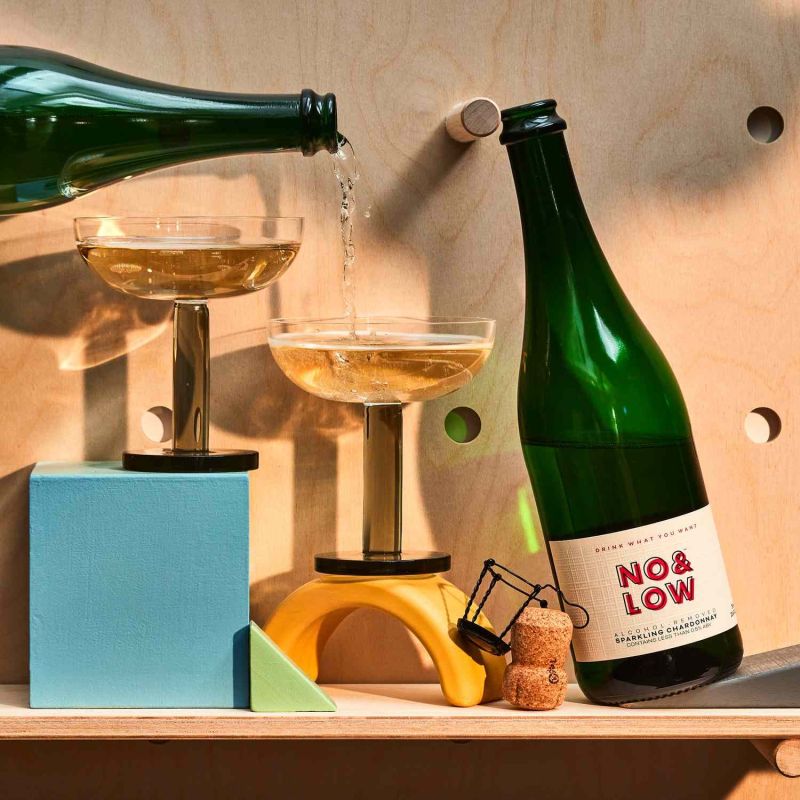
The Rise of Low- and No-Alcohol Culture
Every generation has diverted from the styles and trends of those that came before. The most obvious of these changes can be seen through the fashions of the times, but political ideals, career choices, language, and technological advancements serve as some less tangible examples. For younger Millennials and Gen-Z, one of the most prominent instances of this is the recent emergence of the Low and No-Alcohol (LNA) Movement, appropriately named for the age group’s comparative disinterest in alcohol consumption.
The LNA Movement is a bit more nuanced than it initially appears. Far from simply being boiled down to preferring sobriety, the movement is the result of a combination of market factors, advertising strategies, product variety, and availability of reliable and trusted information. Taken as a whole, these have formed a unique lifestyle offering that has benefits for all who participate as well as alcohol brands themselves.
Market Insight
Barring the Prohibition Era, the alcohol industry has rarely been in jeopardy. In terms of global revenue, alcoholic drinks generated nearly $1.5 trillion in 2022 and are expected to continue rising at a steady pace until at least 2027. Particularly notable is the amount of this that was generated by global sales of the no- and low-alcohol category, which topped $11 billion that same year and is projected to both grow and accelerate, according to a recent IWSR Drinks Market analysis. By comparison, this is $3 billion more than in 2018 (2019 through 2021 are outliers due to the pandemic).
The alcohol industry’s shift to providing more no/low alcohol products was a strategic one. Mocktails–alcohol-less cocktails–have long existed, and without providing options of their own for the mocktail crowd, alcohol brands would be left by the wayside. The availability of alcohol-less beers and pre-made mocktails provides ways for these brands to remain involved and tap into revenue that they would have missed out on otherwise. And with IWSR’s data projecting that no/low alcohol consumption may increase by as much as a third by 2026, this was clearly the right move.
Behind the Numbers
Why, though, is this growth happening? Among the foremost reasons is health consciousness, particularly among younger generations. Several studies conducted over the past few years point to members of Gen-Z and Millennials being far more cognizant of their physical and mental health, in a American Psychiatric Association report the researchers cite Gen-Z and Millennials as being more likely to receive treatment and go to therapy at 37% and 35%, respectively. This is in steep contrast to members of Gen-X and Baby Boomers, who respectively came in at 26% and 22%. On the physical side, a study commissioned by EIT Food found that 72% of Gen-Z respondents cited healthy eating as an “integral part of their physical and mental health,” with 71% prioritizing eating healthy food at home.
Of particular note in EIT Food’s study is also a clear demand by Gen-Z respondents for clearer and more transparent information on their food labels, which is indicative of a larger trend that also contributes to the LNA Movement. Members of Gen-Z, who were the first generation to not exist prior to the creation of the Internet, were born with access to more information than every other generation, likely combined. This includes information about what is considered healthy, and the potential risks associated with certain substances, alcohol included. Access to this information from such a young age has helped shape Gen-Z’s preferences, and this is a likely factor in why alcohol consumption is simply not as high a priority for this age group.
Availability and Alternatives
The availability of alcohol and other products/activities has also contributed to the LNA Movement. The youngest members of Gen-Z were roughly 23 years old during the pandemic, meaning that during the years in which visiting a bar may otherwise have been a highly attractive activity, the national nightlife scene was either unavailable or severely crippled. This required Gen-Z to find other interests that did not include alcohol, many of which would persist once bars and clubs reopened their doors. Visiting bars remains a popular activity, of course, but a recent Berenberg Research report cited members of Gen-Z as drinking approximately 20% less alcohol per capita than Millennials did at their age. Interestingly, for similar reasons involving access to information, Millennials are also cited as consuming less alcohol than preceding generations as well.
In addition to the momentary unavailability of the bar scene, Gen-Z is also unique in that it is a generation to experience more widespread legality of marijuana than ever before. Particularly the case in large cities such as New York and Los Angeles, cannabis distributors–technically legal or otherwise–have sprung up in tremendous numbers over the past few years, with New York’s Office of Cannabis Management having received more than 900 applications for CAURD licenses as of January 2023. The total number of licensed retailers in the state is currently 66. With this availability of an alternative to alcohol, members of the LNA Movement do not need to lean on recreational drinking as heavily as previous generations.
A True Win-Win Scenario
The LNA Movement is one that will likely only accelerate in the coming years. As widespread information fuels a more health-conscious society overall and other activities become either legalized or otherwise available, there will be less of a need for future generations to prioritize recreational drinking–especially in excess. Alcohol brands have taken note of this and adapted their branding and product offerings, allowing them to profit without relying solely on their signature substance. This is a movement that seems to only have benefits for everyone involved, and it’s a trend worth following as generations drink less and less than their predecessors.